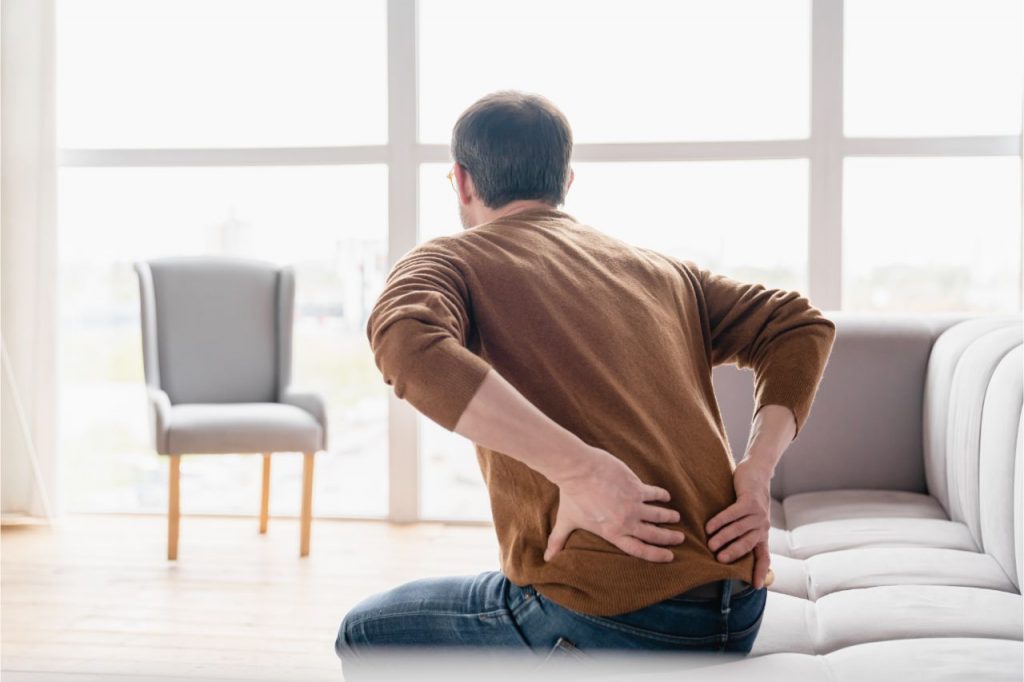How do you sleep with spine problems?
- Sleeping with a herniated disk
- Sleeping with ankylosing spondylitis
- Sleeping with osteoarthritis
- Sleeping with spinal stenosis
It’s important to prioritize your sleep, but achieving quality rest can be difficult if you suffer from spinal issues. Poor sleep can prevent you from getting your much-needed rest at night, which can make the pain worse the next day. But fortunately, a few adjustments in your sleeping positions and the right sleeping items can lead to better results. If you want to know how to sleep with spine problems, keep on reading.
Sleeping With A Herniated Disk
A herniated disk is also referred to as a slipped, ruptured, or bulging disk. It’s a type of injury of the spine that causes back pain, shoulder pain, or neck pain. This occurs when the round cushions between your vertebrae tear or leak.
The key to sleeping with a herniated disk is to properly align your spine. This is best achieved when you lie on your back. It helps you keep your spine in a neutral position, so you can reduce the chances of pinching a nerve.
Sleeping With Ankylosing Spondylitis
Ankylosing spondylitis is a disease that causes your spinal bones to fuse over time. This can cause pain and stiffness in the lower back and hips. You might also suffer from neck pain too.
Just like sleeping with a herniated disk, it’s also beneficial to sleep on your back. Avoid using a very large pillow or opt to sleep without one. This can prevent you from elevating your neck which can change the alignment of your spine and trigger joint pain.
Sleeping With Osteoarthritis
As the most common of arthritis, osteoarthritis affects many people. It’s when the cartilage in your joints starts to break down. This can cause pain, swelling, and stiffness which can impact your ability to sleep and make the pain worse in the morning.
To sleep better with osteoarthritis, consider using heat therapy before you go to bed. Ease the pain in your joints by taking a warm bath or using a heating pad. If you have low back joint pain, consider sleeping on your back or side. Then flex your knees and hips at a 90-degree angle.
Sleeping With Spinal Stenosis
Spinal stenosis is the condition where the spaces within your spine become more narrow. This can cause painful symptoms in the neck and in the lower back.
If you have spinal stenosis, try sleeping in the fetal position to relieve the pressure on the nerves. To do this, lie on your side and curl your knees up. You can also try resting on an adjustable bed, so you can elevate your head and knees. This can alleviate some pressure on your nerves.
Key Takeaway
If you want to learn how to sleep with spine problems, you can contact us here at Chiropractor Philippines. We offer a variety of back pain treatment services that will fit your current condition. These will not just alleviate the aching, but also help you sleep better at night. Aside from treatment, our chiropractor will also recommend lifestyle changes that can reduce the incidents of pain in the future.
